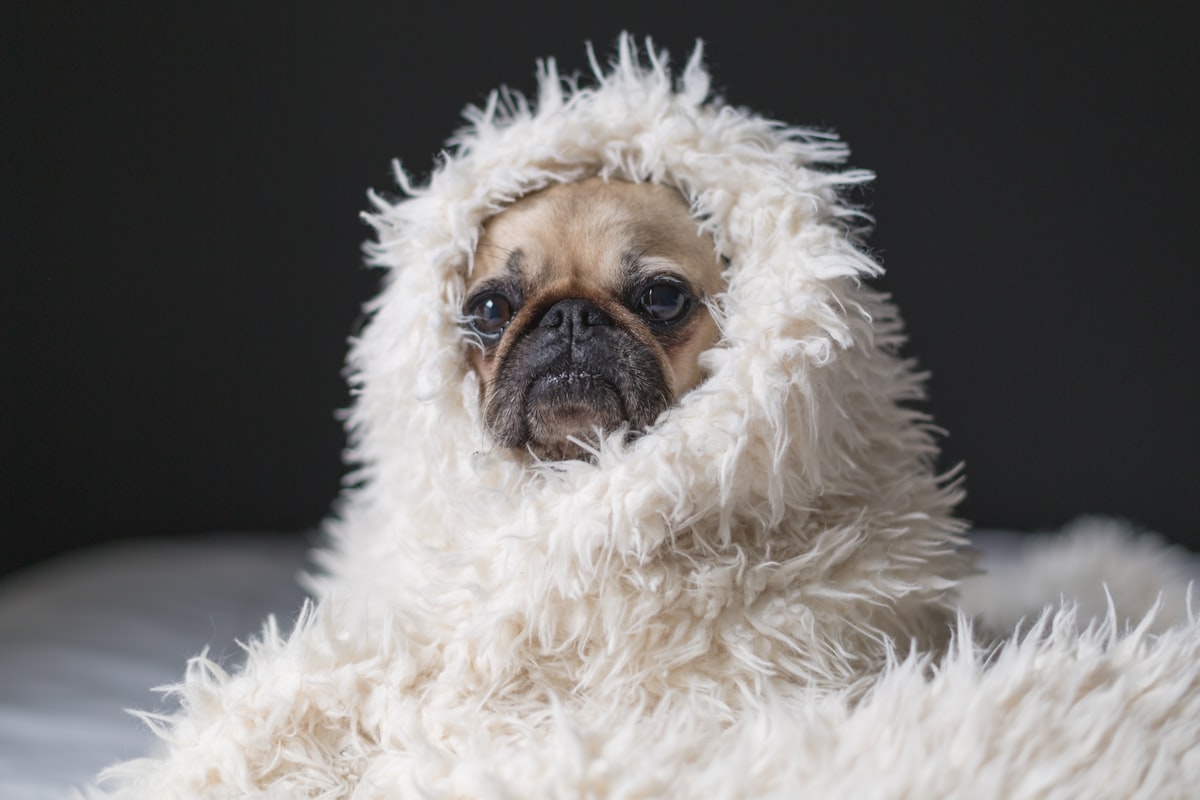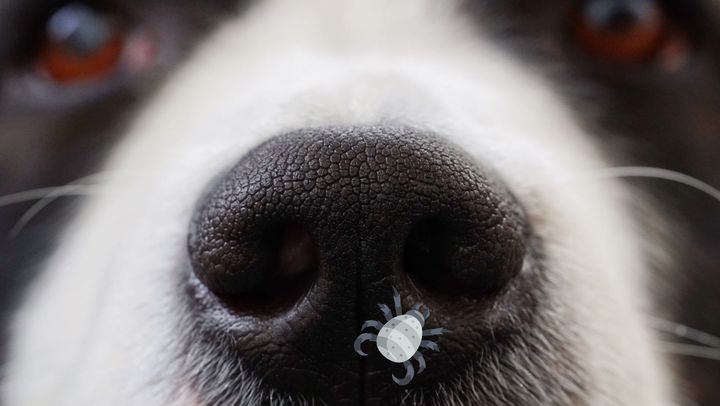Can Dogs Be Allergic to Certain Fabrics? 9 Materials to Avoid

Dogs are not exempt from developing allergies to particular materials that can result in unsightly allergic reactions, just as humans can have allergies to almost any type of fabric.
Can dogs be allergic to certain fabrics?
Yes, some textiles found in dog blankets, beds, clothing, and even your clothes might cause allergies in them. However, dust mites that are found in certain fabrics can also cause an allergic reaction in dogs.
Fabrics that can possibly cause allergies in dogs

If you know you have a sensible allergic dog, it is better to avoid these materials:
- Synthetic materials such as acetate, acrylic, lyocell, spandex, polypropylene
- Polyester (also synthetic material)
- Wool
- Microfibers
- Faux furs
- Nylon (also synthetic material)
- Feathers
- Fake Leather
*Sometimes, dogs can manifest an allergy to kapok which is usually found in stuffing for cushions and toys.
All these mentioned fabrics can be found in clothing, bedding, carpeting, toys, collars, leashes, and blankets.
Allergy reactions of fabrics in dogs:
Synthetic materials dog allergy often affects the area of skin where the material is in contact with the dog's skin. Among the symptoms are skin irritation and redness.
Polyester allergies in dogs (also in humans) typically provoke a skin itchy reaction. It can also cause red skin or a rash because is part of the synthetic materials.
Wool allergy manifests in itchy skin and irritated and watery eyes. Your dog can also have a runny nose if he/she is allergic to wool.
Microfibers allergy can provoke symptoms of ashes from areas that came in contact with it, mild to severe itching, red skin, and skin tenderness.
Nylon, and other synthetic materials, will cause severe symptoms like skin rashes and infections, inflamed feet, hives, blister lesions, paw biting, and obsessive licking due to the itching skin. Bald spots are also a possible reaction to nylon in a dog's coat.
Feather seems to be an innocent fabric, but it can also cause itchy and irritated skin, runny nose, wheezing and coughing, and even conjunctivitis.
Fake Leather which is common in dog collars can manifest reactions of pigmentation changing, discomfort, lesions, itchy skin, redness, and losing fur.
What to do in case of having allergy symptoms to materials
✅ Go to the vet. Your dog's veterinarian will make a diagnosis and recommend the best course of treatment.
❌ Don't take action by yourself. Until you visit a vet, avoid giving your dog any medications or treatments that could endanger it further.
It's crucial to keep in mind that dogs can develop allergies to any textiles at any age. Everything should be alright once you notice it, take action by seeing the vet, and following the recommended meds and preventative measures.
Citations:
Mary Lou Williams Hayden, ENVIRONMENTAL CONTROL AND THE MANAGEMENT OF ALLERGIC DISEASES, Radiologic Clinics of North America, Volume 19, Issue 1, 1999, Pages 83-99, ISSN 0033-8389, https://doi.org/10.1016/S0033-8389(22)00160-9 (https://www.sciencedirect.com/science/article/pii/S0033838922001609)
Related Posts:




Comments ()